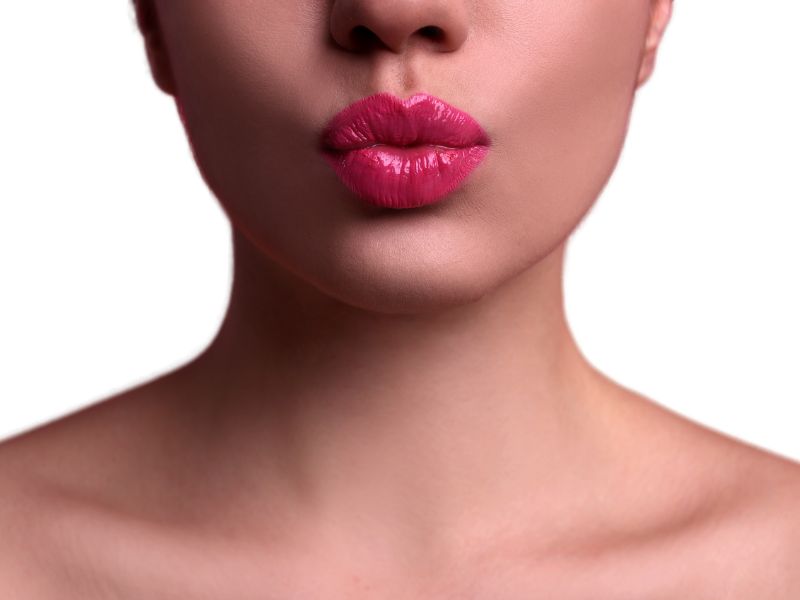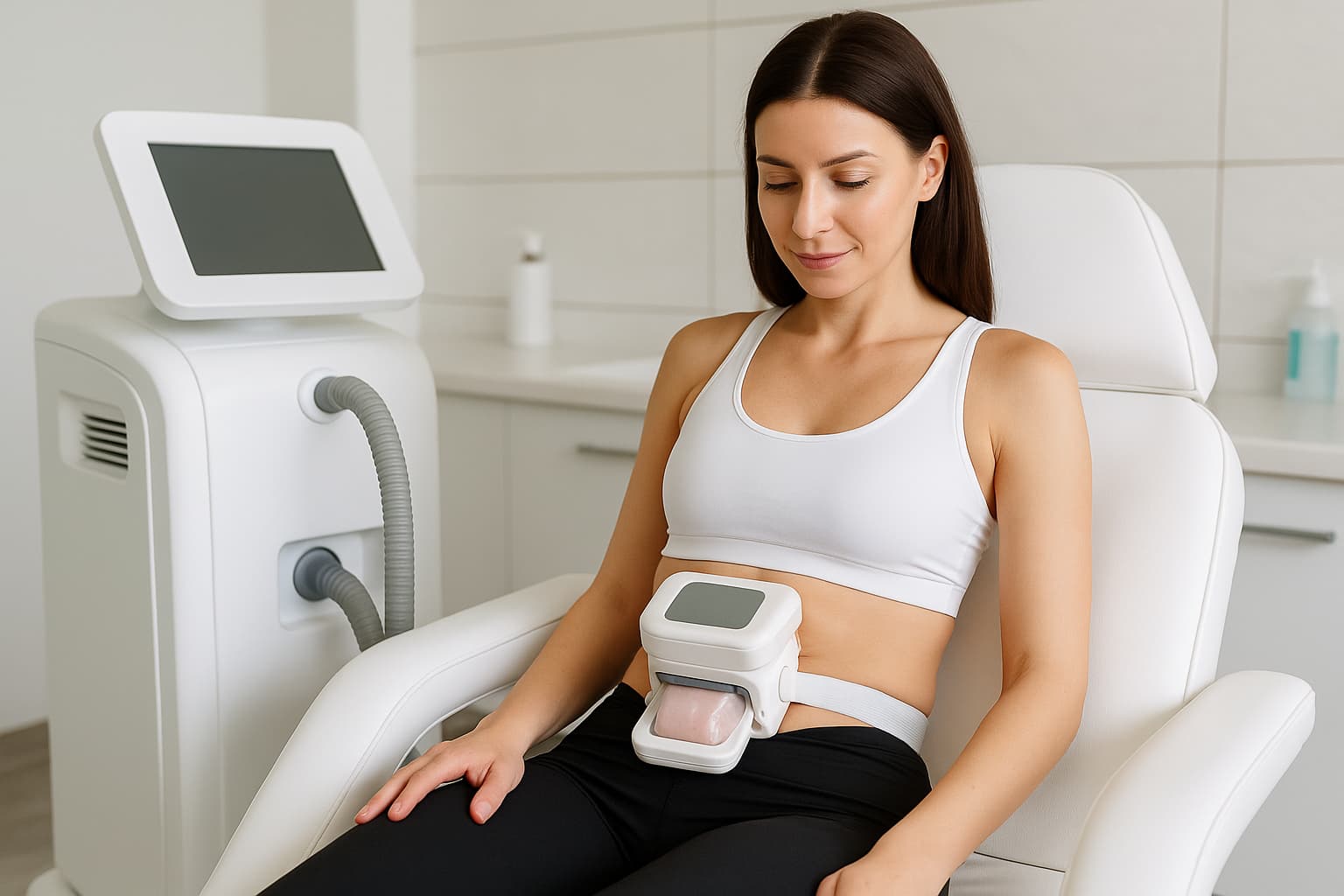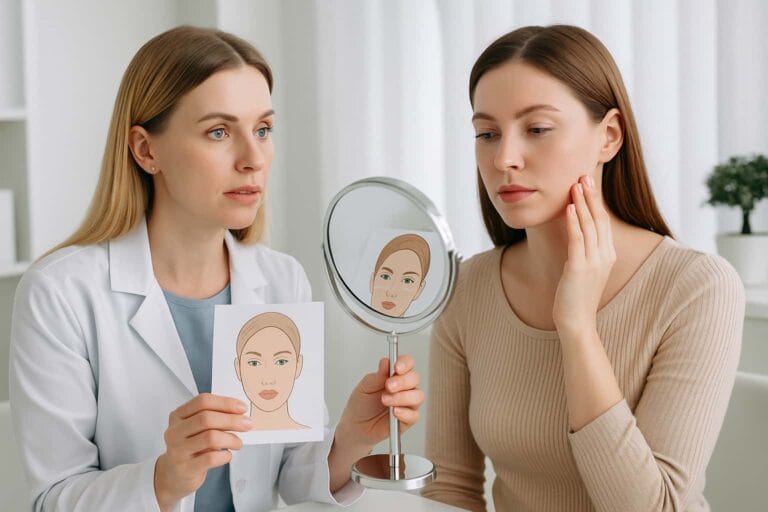
Lip Filler Myths: What’s True and What’s Not?
April 1, 2025

Despite the popularity of cosmetic treatments, lip fillers are still surrounded by misconceptions and outdated stereotypes. From the fear of “duck lips” to concerns about irreversible changes, it’s no surprise that many people remain cautious—even when they’re curious.
At USKIN Clinics, we believe in educating our clients about the reality of dermal filler treatments, so you can make informed decisions with confidence. Below, we bust some of the most common myths about lip filler treatments and explain what you really need to know.
Myth 1: Lip fillers stretch your lips permanently
False. Lip fillers—particularly those made from hyaluronic acid—do not stretch the skin permanently. Once the product dissolves (typically over several months), lips return to their original shape.
In fact, hyaluronic acid (a substance naturally found in the body) may even help improve hydration and support collagen stimulation in the treated area.
Some clients choose to maintain their results with regular top-ups every 6–12 months, while others prefer to allow the filler to break down naturally. The choice is entirely personal and depends on your goals.
Myth 2: You’ll look perfect the next day
Not quite. While the treatment is quick, swelling and bruising are common side effects, especially in the first 24–48 hours.
The lips are a vascular area, and fillers also attract water, which can make swelling more noticeable. Many clients look great immediately after the appointment, but swelling may increase overnight before it settles down.
Using a cold compress and following aftercare instructions can help manage these effects. Most people return to normal activities within a few days.
Myth 3: Lip fillers always look fake

False. A natural-looking result comes down to the skill and experience of the injector. When administered by a qualified and experienced healthcare professional, lip fillers can enhance volume and shape without looking overdone.
At USKIN Clinics, we work with each client to achieve results that complement their facial features, whether the goal is subtle definition or a more voluminous pout.
Myth 4: You can copy someone else’s lips exactly
Not always. While reference photos are useful for discussing size, shape, and style, it’s important to remember that everyone’s lip anatomy is different.
Factors like natural lip shape, skin elasticity, and facial proportions all influence what’s possible—and what looks balanced. A skilled practitioner will help you enhance your existing features while setting realistic expectations.
Myth 5: If I don’t like my lips, I’m stuck with them
Not true—at least not with hyaluronic acid-based fillers. These fillers are reversible using an enzyme called hyaluronidase, which can dissolve the product if needed.
This option provides peace of mind, especially for first-time clients who may be unsure of how they’ll feel about the result.
Understanding Risks and Considerations
While lip filler treatments are minimally invasive, they are not without potential risks. Common temporary side effects include:
- Swelling
- Bruising
- Tenderness at the injection site
In rare cases, complications can occur, which is why it’s essential to see a qualified and experienced practitioner.
At USKIN Clinics, all cosmetic procedures are performed by trained professionals in line with Australian health regulations. We prioritise safety, natural results, and client satisfaction.
Thinking About Lip Fillers? Start With a Consultation
If you’re considering lip fillers, the first step is to speak with a qualified practitioner. We’ll assess your goals, answer your questions, and help you understand what to expect from treatment.
Learn more about our dermal filler treatments or visit one of our clinic locations to book a consultation.
Disclaimer: All cosmetic procedures carry risks. A consultation with a qualified healthcare professional is required to determine suitability. Results vary between individuals.
Similar Posts
5 Benefits of Anti Wrinkle Injections Beyond Smoothing Lines

Anti wrinkle injections are widely known for softening expression lines, but many people are surprised…
Deep Smile Lines: What Are They and Can They Be Treated?

Deep smile lines, also known as nasolabial folds, are the creases that run from the…
Does Fat Freezing Really Work? Here’s What You Should Know

If you’ve heard about fat freezing treatments and wondered whether they truly work, you’re not…






Leave a Reply
You must be logged in to post a comment.